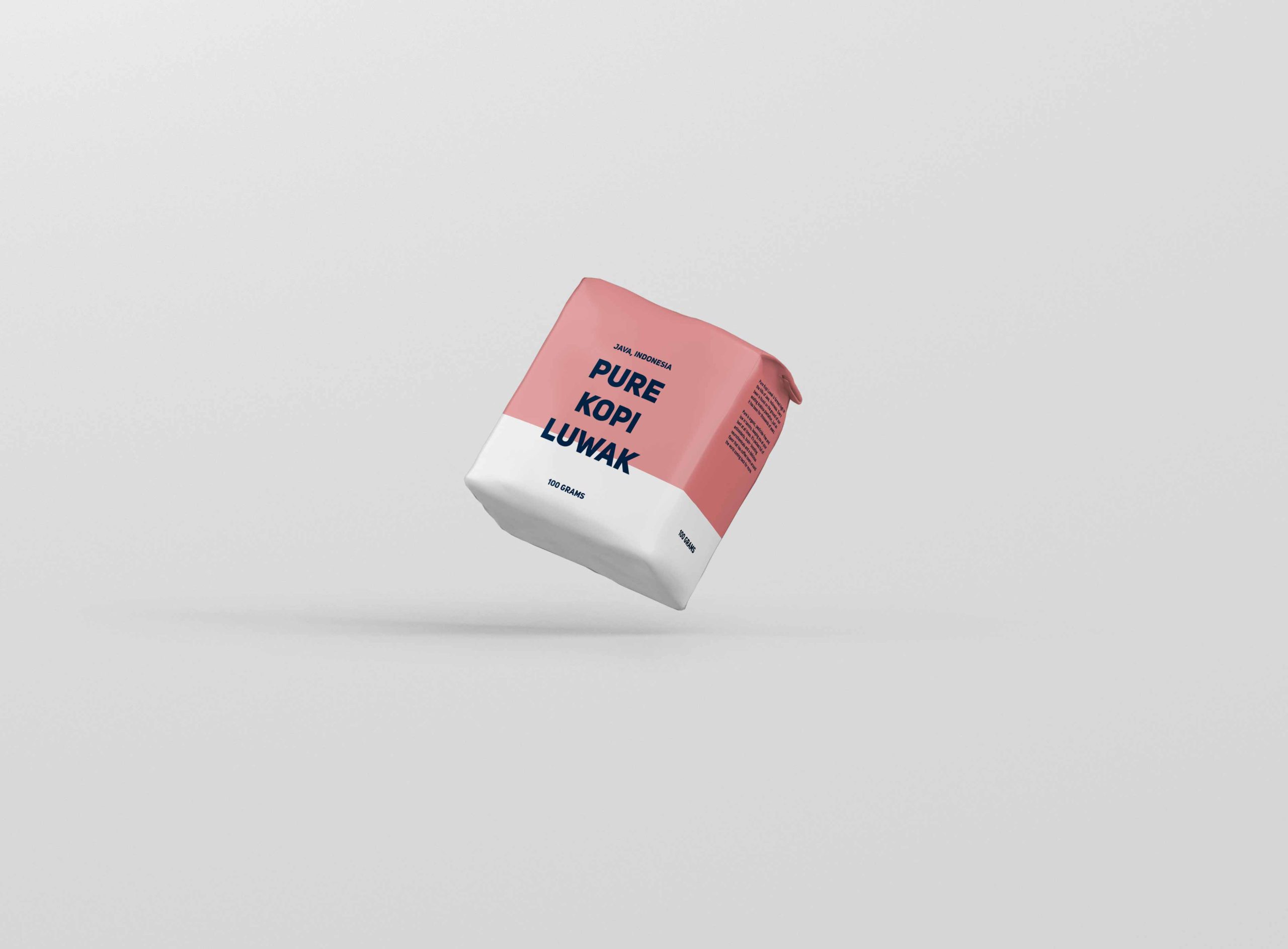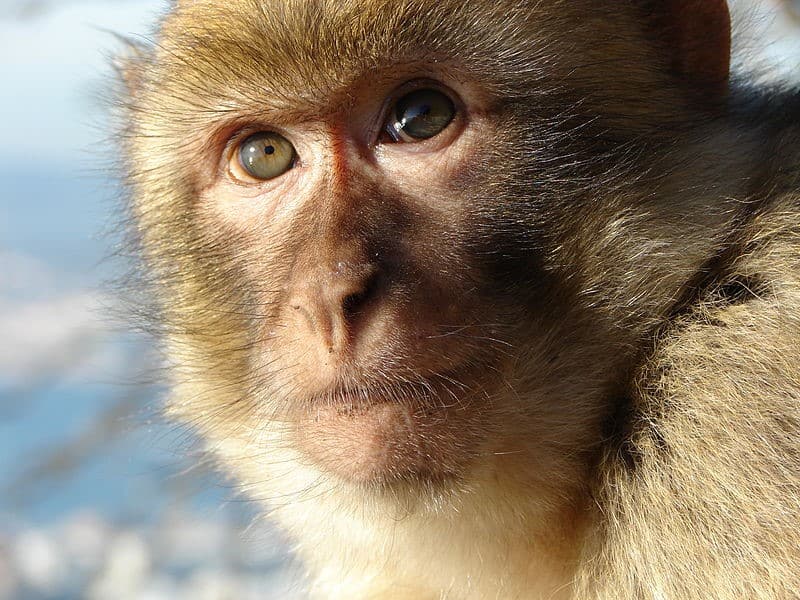Animal poop coffee like kopi luwak and elephant poop coffee have been getting a lot of attention in recent years. But what actually is animal poop coffee, and how is it different from regular coffee? How is animal poop coffee made, how does it taste, how much does it cost, and is it even safe to drink? This article touches on all these questions and a lot more. Let’s get started.
What Is Animal Poop Coffee?
Animal poop coffee refers to any sort of coffee bean (and the coffee brewed with those beans) that have been fermented in an animal’s digestive system and subsequently pooped out prior to roasting. Though the animals in question differ widely, all animal poop coffees involve the animal eating the ripe, red coffee cherries (the fruits of the coffee plant that contain the coffee beans), digesting them and excreting the beans in its stool.
Many animals enjoy eating coffee cherries because they’re sweet, luscious and succulent. During the digestion process, the pulp of the cherries is broken down and absorbed by the animal, but since the husk (the outer skin of the bean) is not, the coffee beans are passed through the animal and end up in its poop. In the process, they’re fermented by the animal’s digestive juices.
These defecated beans are then collected from the stools, washed thoroughly several times, and processed like other coffee beans: dried, husked, roasted, ground and brewed into one special cup of coffee.
Different Types Of Animal Poop Coffee
Animal poop coffees are classified according to which animal does the digesting (and pooping). If you look around the world, you’ll find there are a few more common varieties, plus some that are exceedingly tough to find:
Civet Coffee a.k.a. Kopi Luwak
Kopi luwak, like Pure, is by far the most well-known type of animal poop coffee. In fact, it was the first type of animal poop coffee discovered, the ringleader of all animal poop coffees. In civet coffee, the animal that digests the coffee cherries is the Asian palm civet cat, a small cat-like mammal related to the weasel and indigenous to southeast Asian countries like Indonesia and the Philippines—hence the name cat poop coffee. However, the term is misleading for two reasons. First, it suggests that the civet is a cat, which it is not; second, it also suggests that a coffee digested by a different type of cat would be equivalent to kopi luwak. Nothing could be further from the truth.
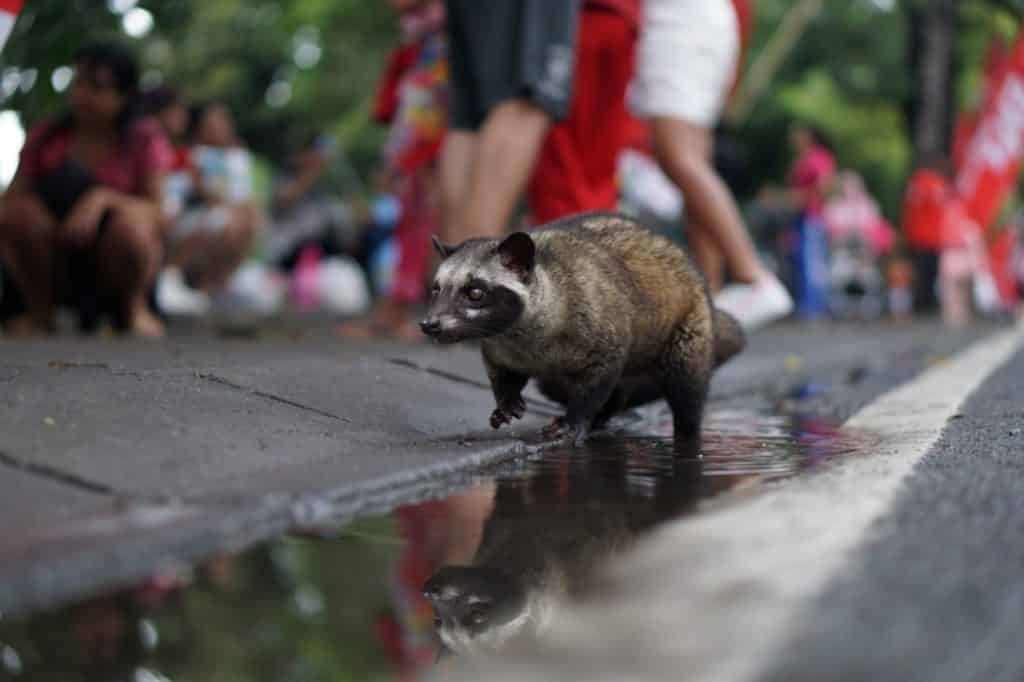
Elephant Poop Coffee
After witnessing the world’s embrace of kopi luwak, one producer began experimentally feeding elephants coffee cherries and collecting the partially digested beans from their dung. Thus, elephant poop coffee was born. Though it’s known to not taste as good as kopi luwak, and it doesn’t possess the unique health benefits of kopi luwak, elephant poop coffee still manages to sell for upwards of $900 per pound.
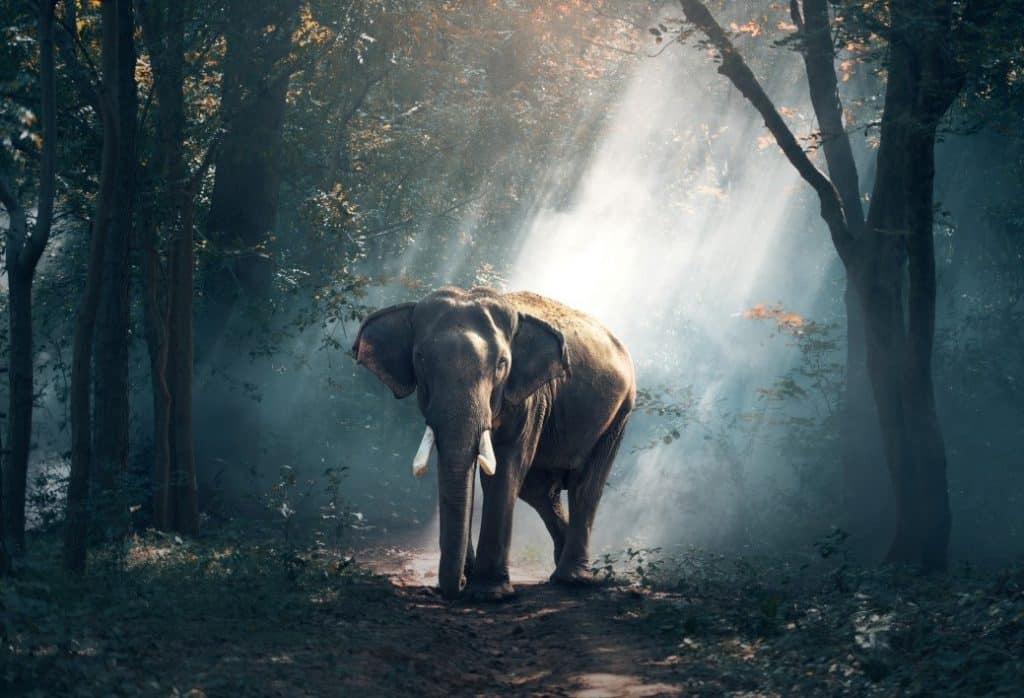
Bird Poop Coffee
Henrique Sloper, a local Brazilian coffee producer, noticed one day that his entire plantation at the Camocin estate was overrun with an indigenous and endangered type of bird called the jacu. The wild jacu birds where wreaking havoc amongst Sloper’s coffee plants, eating the best coffee cherries and nearly destroying the plants themselves. Unwilling to harm the birds, Sloper remembered having tasted kopi luwak some years back, and its curious production method gave him an idea: could he develop bird poop coffee the same way others made cat poop coffee? He could. Bird poop coffee was born.
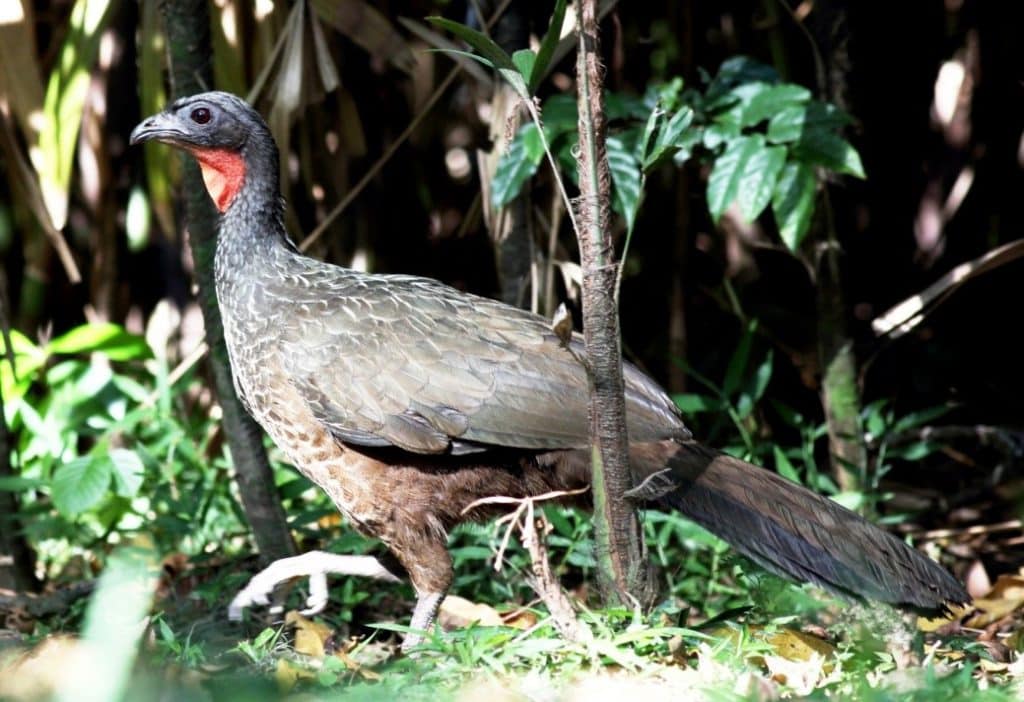
Monkey Poop Coffee
If you’ve ever heard of monkey poop coffee, and if you’ve read everything on this post up until now, you probably think monkey poop coffee is yet another kind of animal poop coffee where the coffee cherries are eaten and defecated by monkeys. However, despite its misleading name, monkey poop coffee doesn’t actually fit in the category of animal poop (or intestinally fermented) coffees. The reason is simple. In the case of monkey coffee, macaca monkeys chew the coffee cherries, swallow the pulp and then spit out the beans without ever digesting them. Much smarter than the other animals, right? Rather than its digestive system doing the work, it’s the enzymes in the monkey’s saliva that break down and alter the chemical composition of the coffee beans. Since these never enter the monkey’s digestive tract—let alone exit through the other side—monkey coffee isn’t technically a type of animal poop coffee, though it is still “animal processed”. This process is similar to the preparation of “chicha” by some South American tribeswomen, who chew and spit out corn grains, and then ferment the mixture into a peculiar alcoholic drink.
Bat Poop Coffee
Bat poop coffee is yet another example of an animal processed coffee that isn’t actually animal poop coffee. Just like monkey coffee, bat “poop” coffee is produced when a certain species of Central American bat, the artibeus jamaicensis, eats the outer pulp of the coffee cherries and then licks the sugary mucilage. The bat’s saliva starts the fermentation process, just like the monkey’s saliva does in monkey coffee.
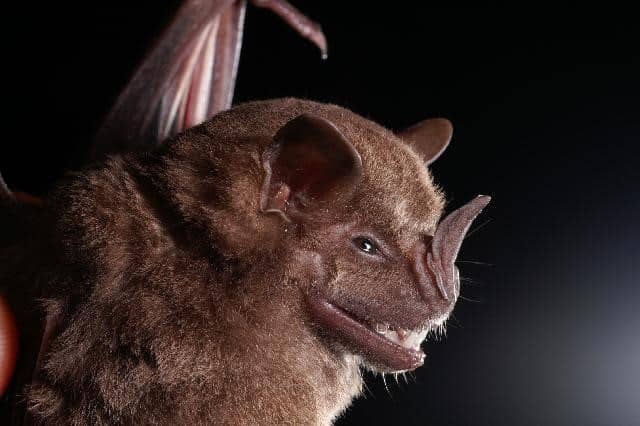
What’s Special About Animal Poop Coffee?
Every coffee in the world is fermented at some stage of the postharvest process. On top of that, some special types of fermented coffees undergo a secondary fermentation process, which adds distinct flavors and aromas to the beans. What sets animal poop coffee apart is that its fermentation process occurs within the digestive system of a living animal.
The digestion process is very simple: a large number of enzymes (biological molecules that speed up chemical reactions) and symbiotic microorganisms (like yeasts and bacteria) naturally break down proteins, fats and carbohydrates into smaller molecules which the body can absorb and use. And this is just what happens with animal poop coffee: when animals eat the coffee cherries, they digest the pulp but can’t fully break down the bean itself. Instead, their digestive system alters the bean, meaning it’s quite different when it goes in than when it comes out.
How Does The Digestive Process Change Animal Poop Coffee?
- The digestive juices inside the animal’s digestive tract penetrate through the husk and into the coffee bean itself. Once there, enzymes break down the proteins and other chemical compounds present in the bean. The byproducts of this decomposition leech out of the bean and are absorbed by the animal, leaving the external structure of the bean untouched, but its chemical composition significantly altered.
- The bacteria present in the intestine (intestinal flora) also play an important role in coffees chemical modification. For example, most mammals lack the enzymes needed to degrade certain molecules called protein-tannin complexes. These complexes are responsible for discoloring your teeth when you drink red wine, tea or coffee. However, a small number of animals like the civet cat can digest these protein-tannin complexes, which means the overall tannin content of kopi luwak is significantly reduced. This is why Pure is the best coffee in the world for your teeth: the civet cat has done all the work for you!
Other effects of digestion on coffee are:
- Lowered Caffeine Content: Pure has half the caffeine of other coffees, yet still offers a smooth, natural energy boost without the crash.
- Easier To Digest: Many of the compounds our bodies can’t handle have already been broken down by the animal’s digestive system, making coffees like Pure much easier on our own digestive systems.
- Many Other Health Benefits: Our kopi luwak is packed full of brain-boosting inositol, disease-fighting citric acid and energy-boosting malic acid, plus many more health benefits.
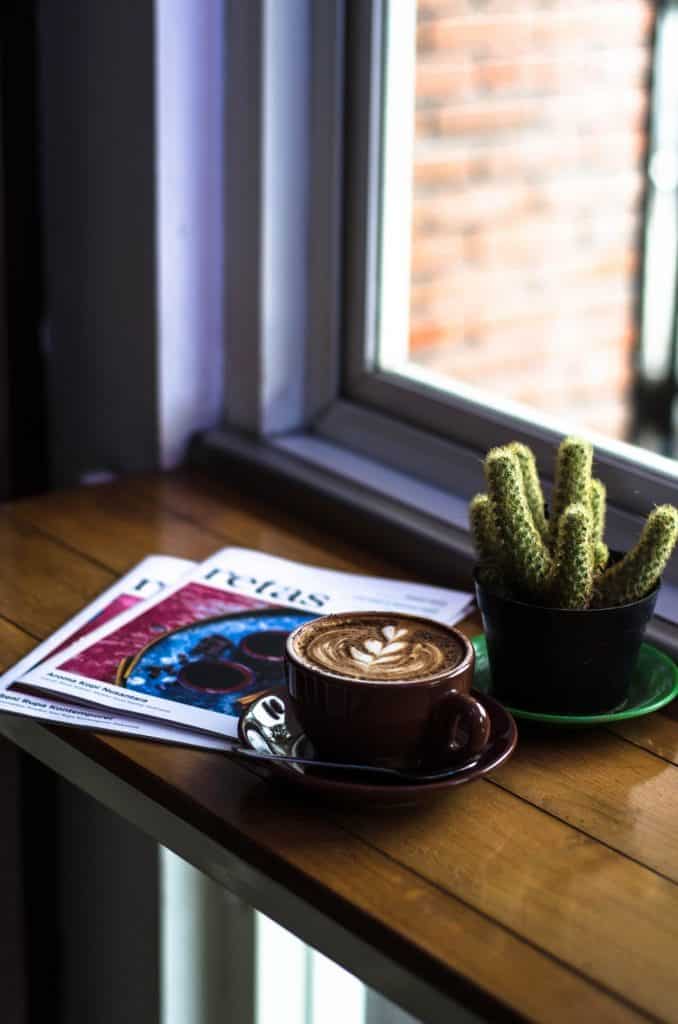
Civet coffee is delicious no matter how you drink it.
What Does Kopi Luwak (“Cat Poop Coffee”) Taste Like?
Since the digestion process is very different from the normal fermentation process coffee cherries undergo, animal processed coffee beans have a very unique and distinctive flavor. And since each animal’s digestive system is unique, each kind of animal poop coffee tastes different from the others.
The proteins and caffeine that get extracted from kopi luwak beans during the digestive process mean that kopi luwak is less bitter and more sweet than regular coffee. Instead, casual coffee drinkers and professional cuppers alike describe kopi luwak as earthy, syrupy, smooth, and rich with chocolate and jungle undertones.
On top of that, every coffee connoisseur knows that wet processed or fermented coffee beans like kopi luwak are of higher quality and superior flavor than dry-processed beans. Numerous studies have shown that in wet processing arrangements, lactic acid bacteria are the preferred method of fermentation; these also happens to be the major colonizing bacteria in the civet’s digestive system. Kopi luwak, it would seem, is a match made in heaven.
Is Drinking Animal Poop Coffee Safe?
Yes, and in many ways, animal poop coffee is healthier than any other type of coffee on the market. Here’s why:
Fact #1
Southeast Asian people have been drinking kopi luwak for hundreds of years without any problems.
Fact #2
After collecting the stools and picking out the coffee beans, the beans are washed thoroughly several times to eliminate any fecal residue. After that, they’re dried in the sun for days at a time, in which the heat and the ultraviolet rays of the sunlight kill any of the harmful pathogens that could escape the cleansing process.
Fact #3
After drying, the beans are husked and roasted. The roast is performed at such high temperatures that virtually no bacteria can survive.
Fact #4
Last but not least, your kopi luwak beans will be brewed, which means it will be again subjected to 91-94º Celsius water, unless you’re making cold press coffee. This is the icing on the cake—at this point, you should worry more about ensuring that your favorite mug has been thoroughly washed than you should about the beans themselves.
How much does animal poop coffee cost?
Price depends on many factors: competition, supply and demand, annual yields and more. All animal poop coffees are in short supply due to the handcrafted nature of how they’re made, which, when combined with their extremely high demand, pushes prices up. Bird poop coffee and elephant poop coffee are recent discoveries, so they don’t yet have any competition bringing prices down.
At the same time, always be wary of low-priced animal poop coffees, which indicate a blended coffee or an outright counterfeit. In the case of kopi luwak, it’s crucial that you never buy from anyone who isn’t advertising “100% wild,” since that means they’re selling kopi luwak that comes from caged civets. In our case, every Pure bean comes from organic, 100% wild kopi luwak, and we feel so passionately about the importance of buying wild that we wrote an entire article on the dangers and ethical qualms of buying caged kopi luwak.
Treating yourself well means treating the planet well. Try Pure today.

